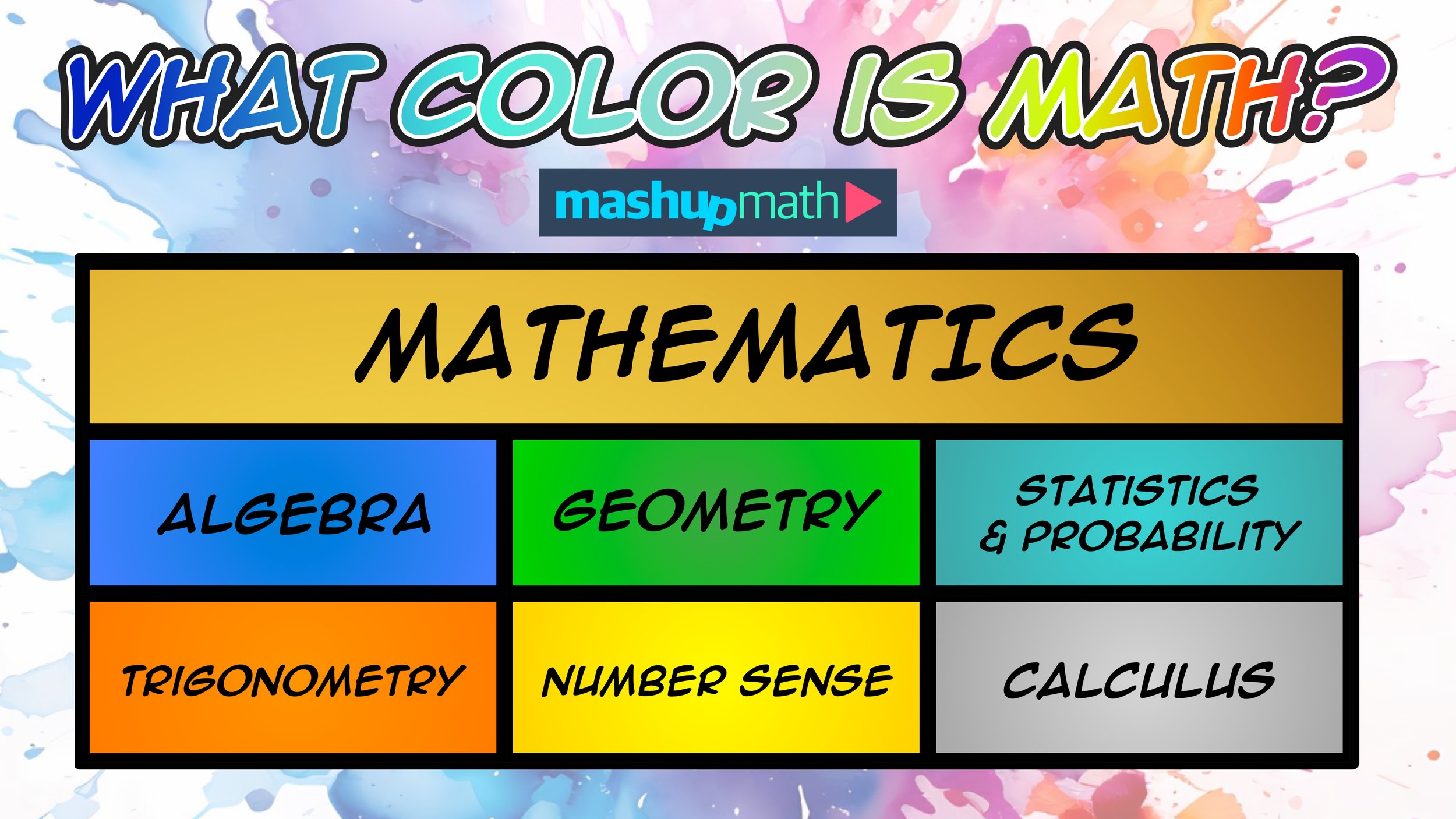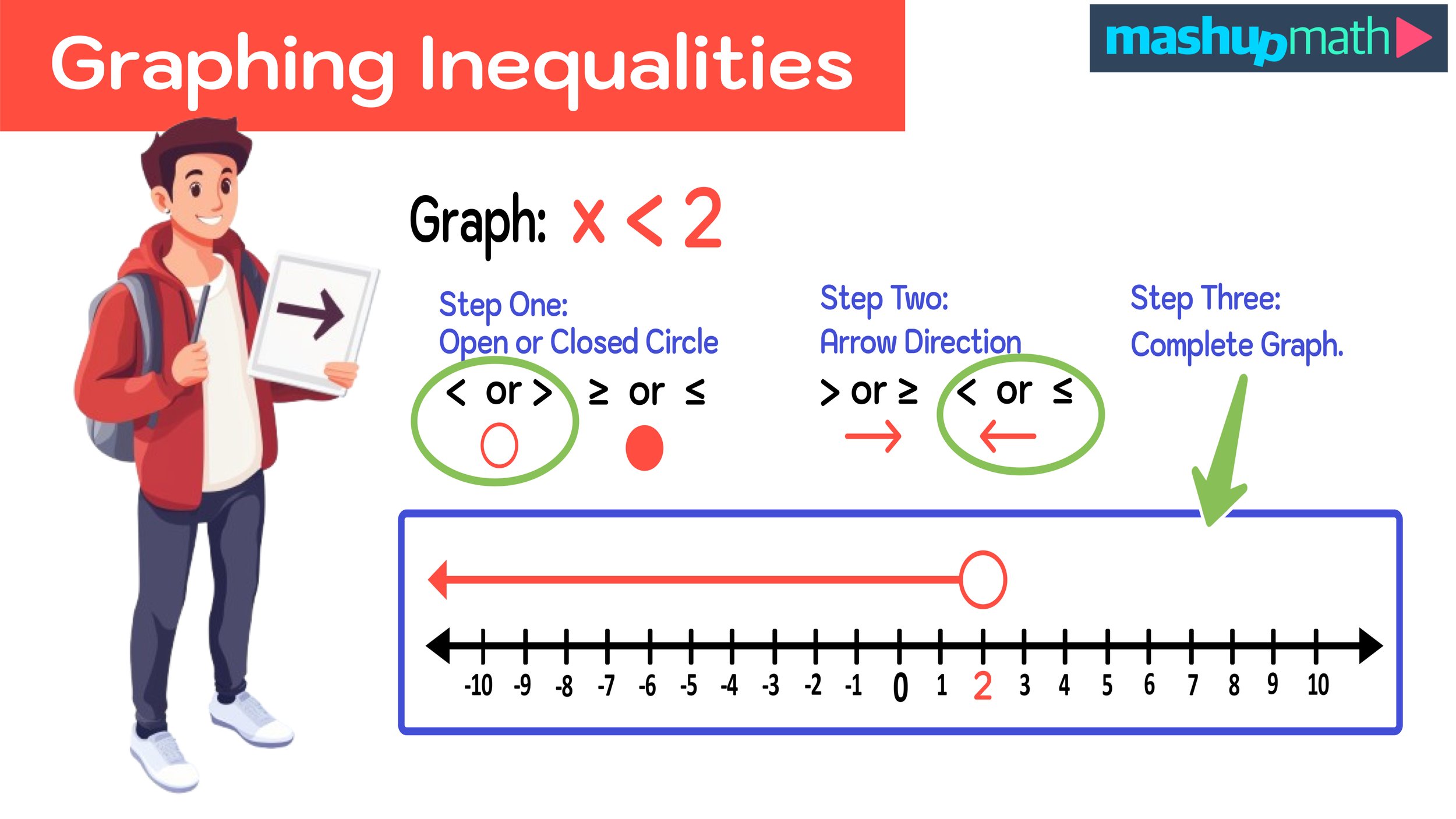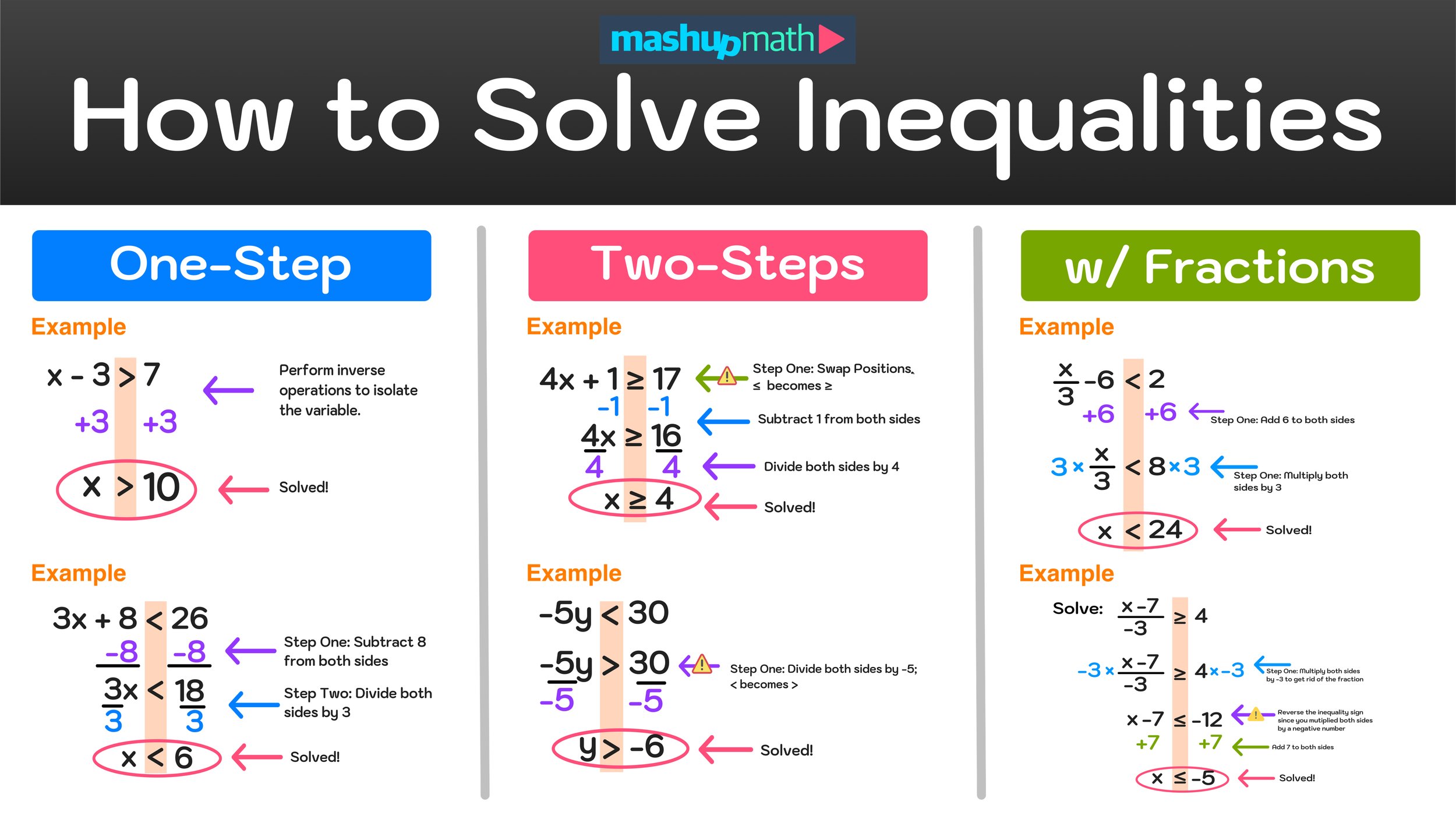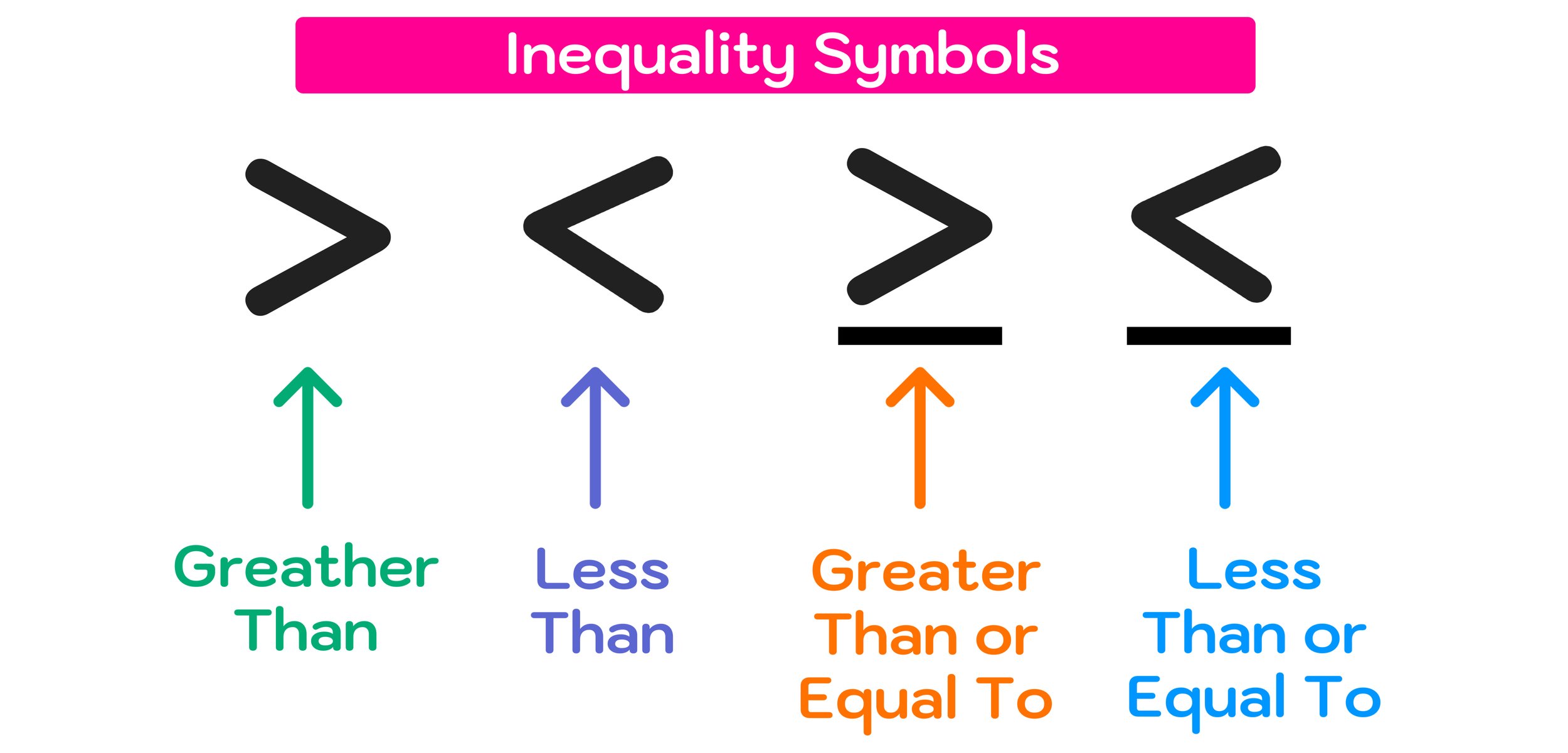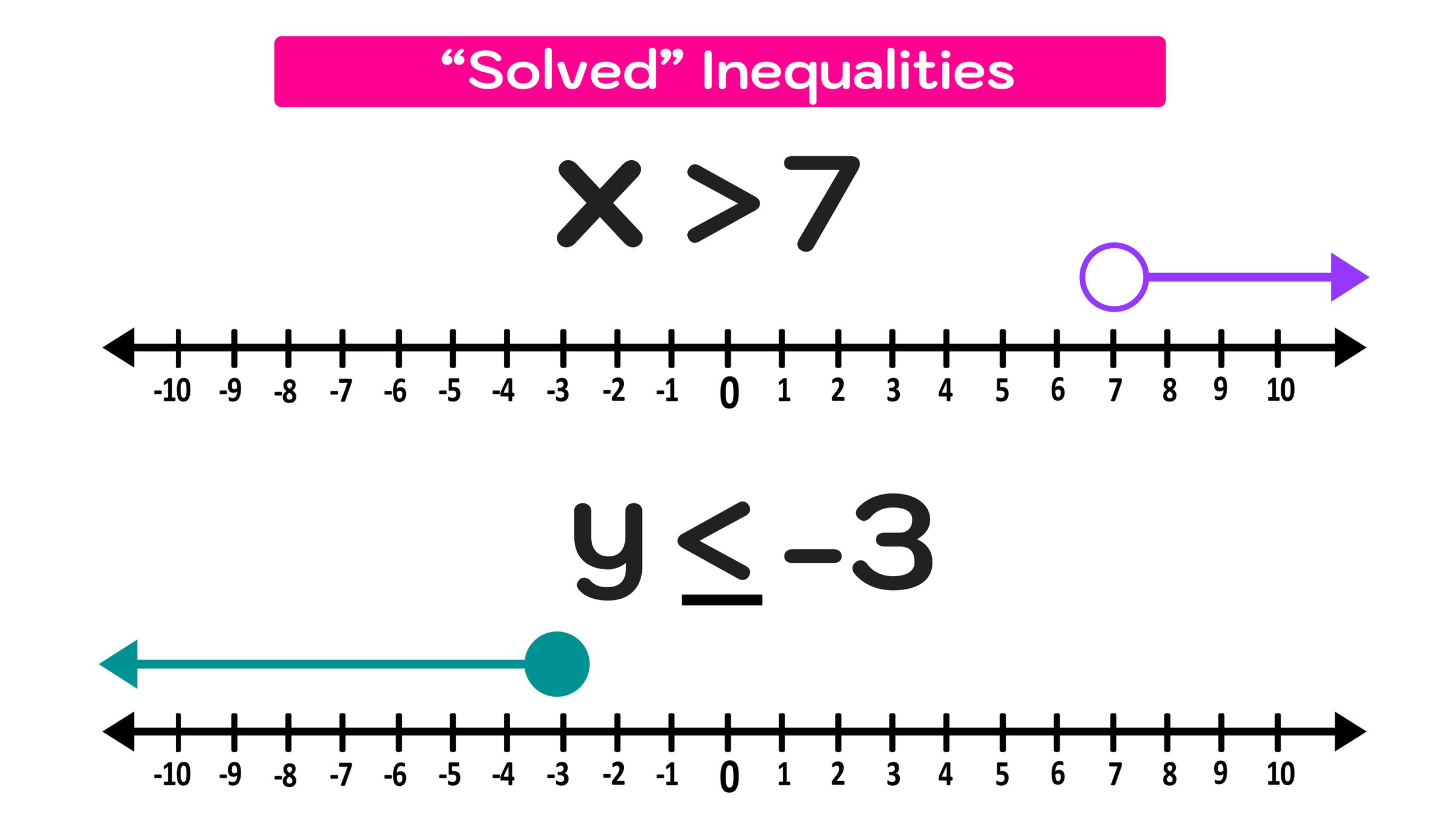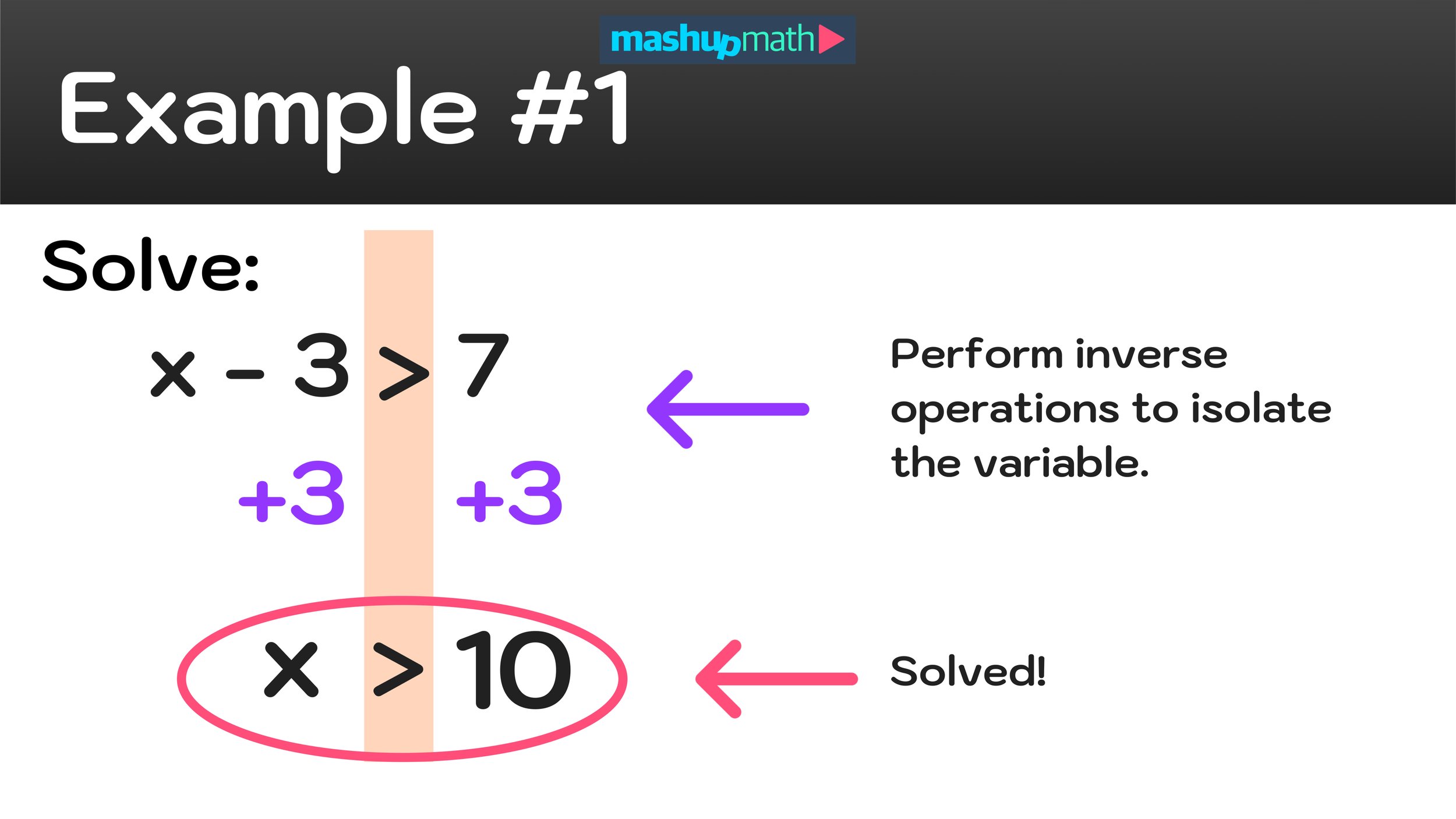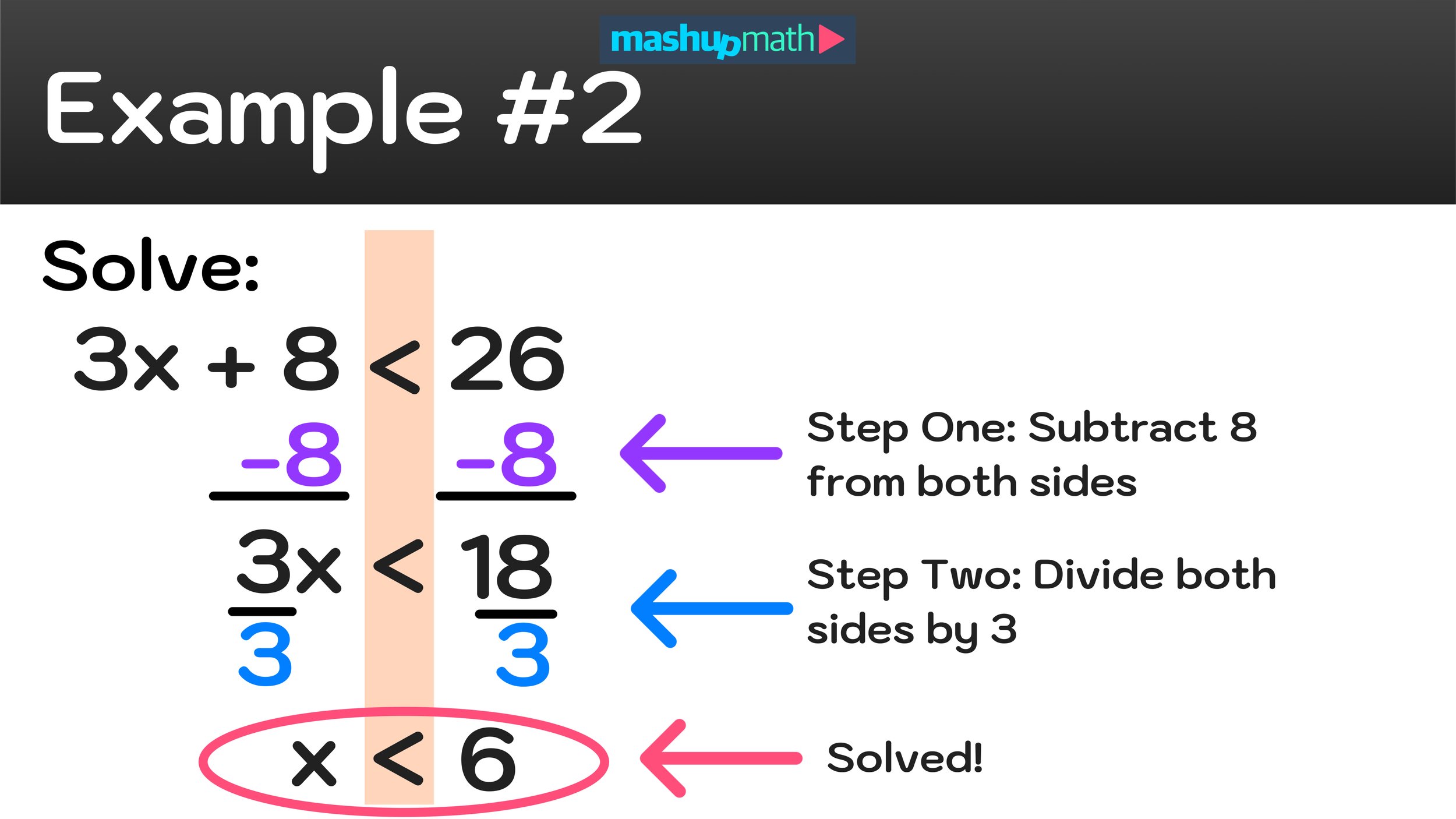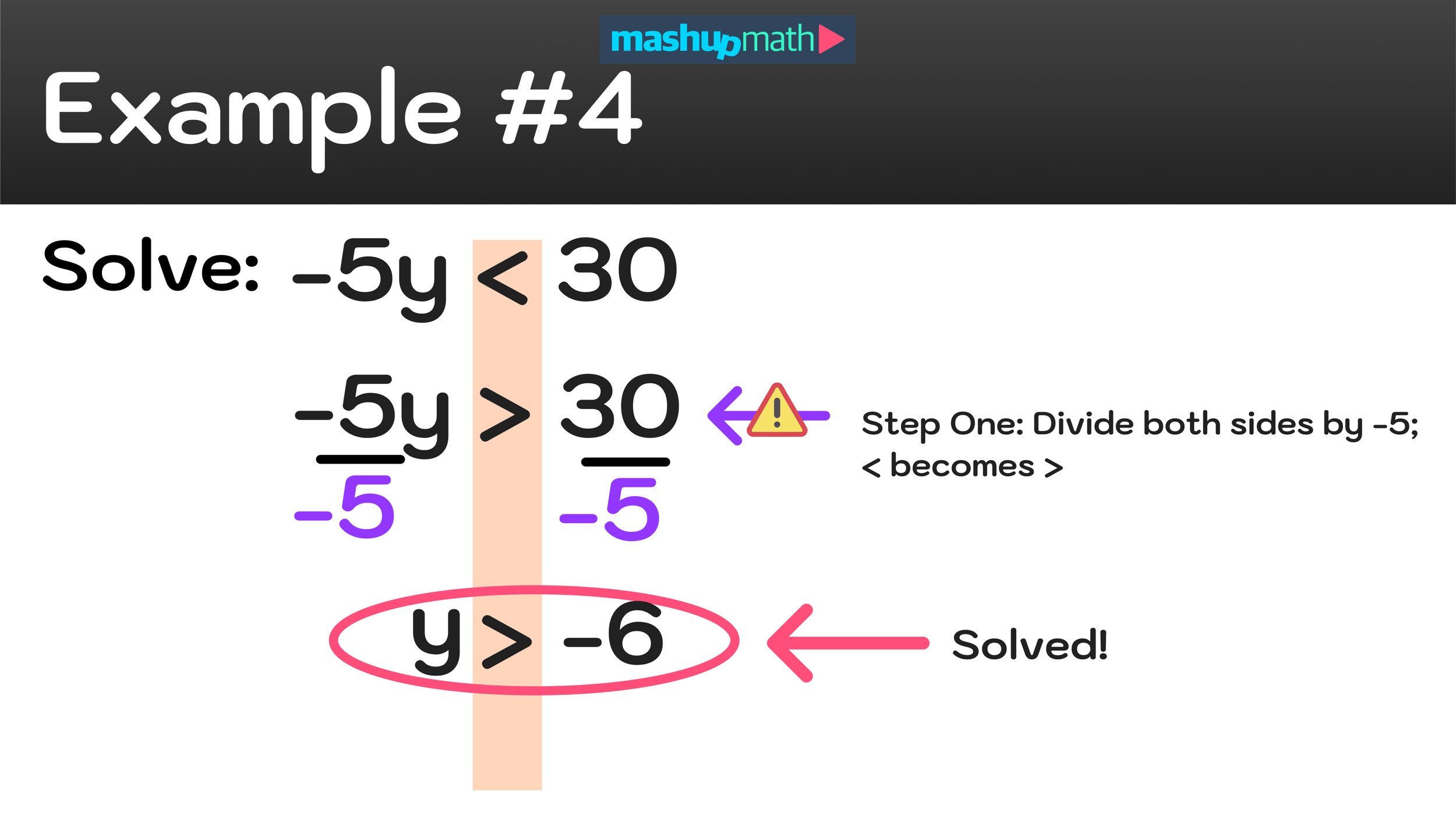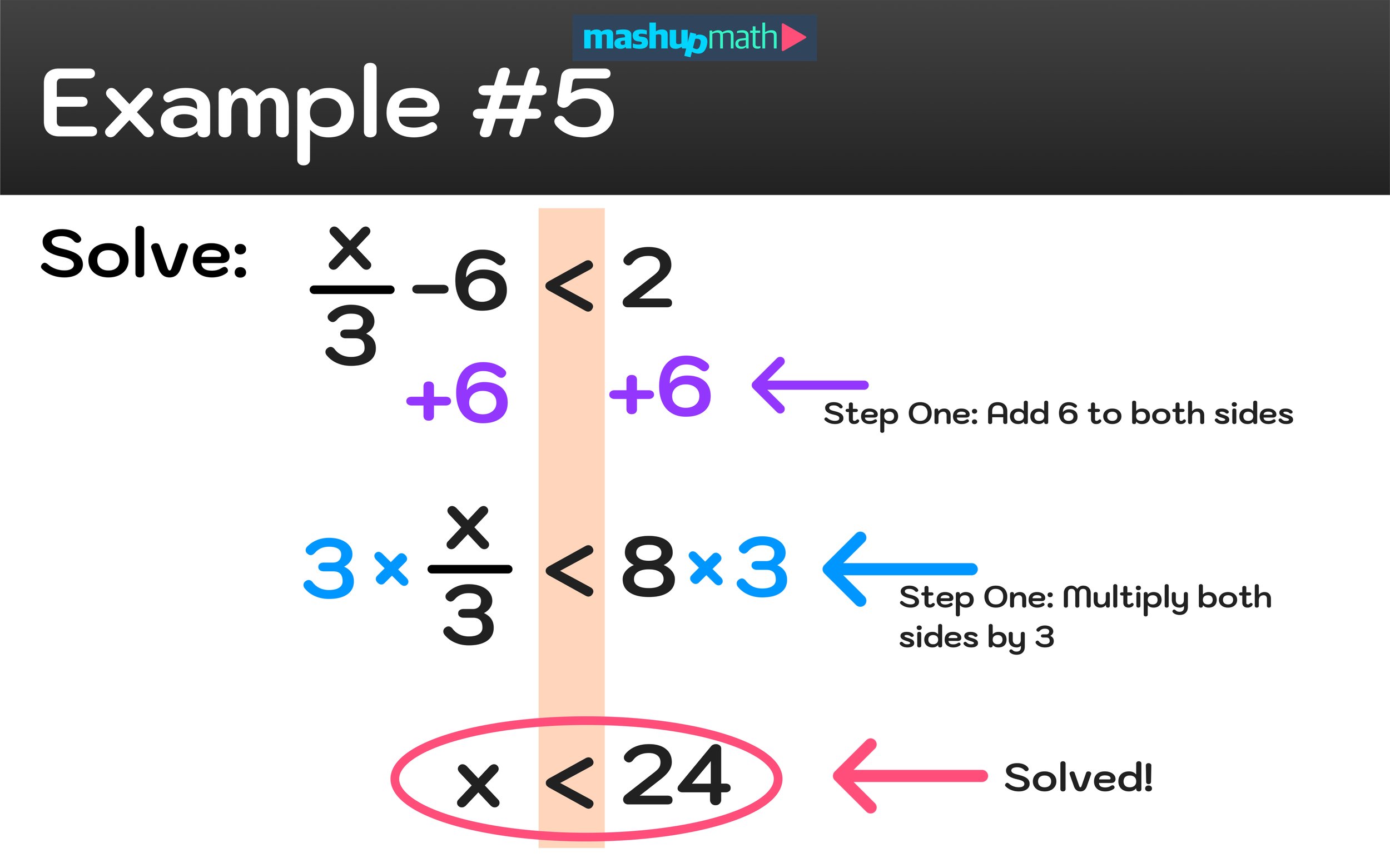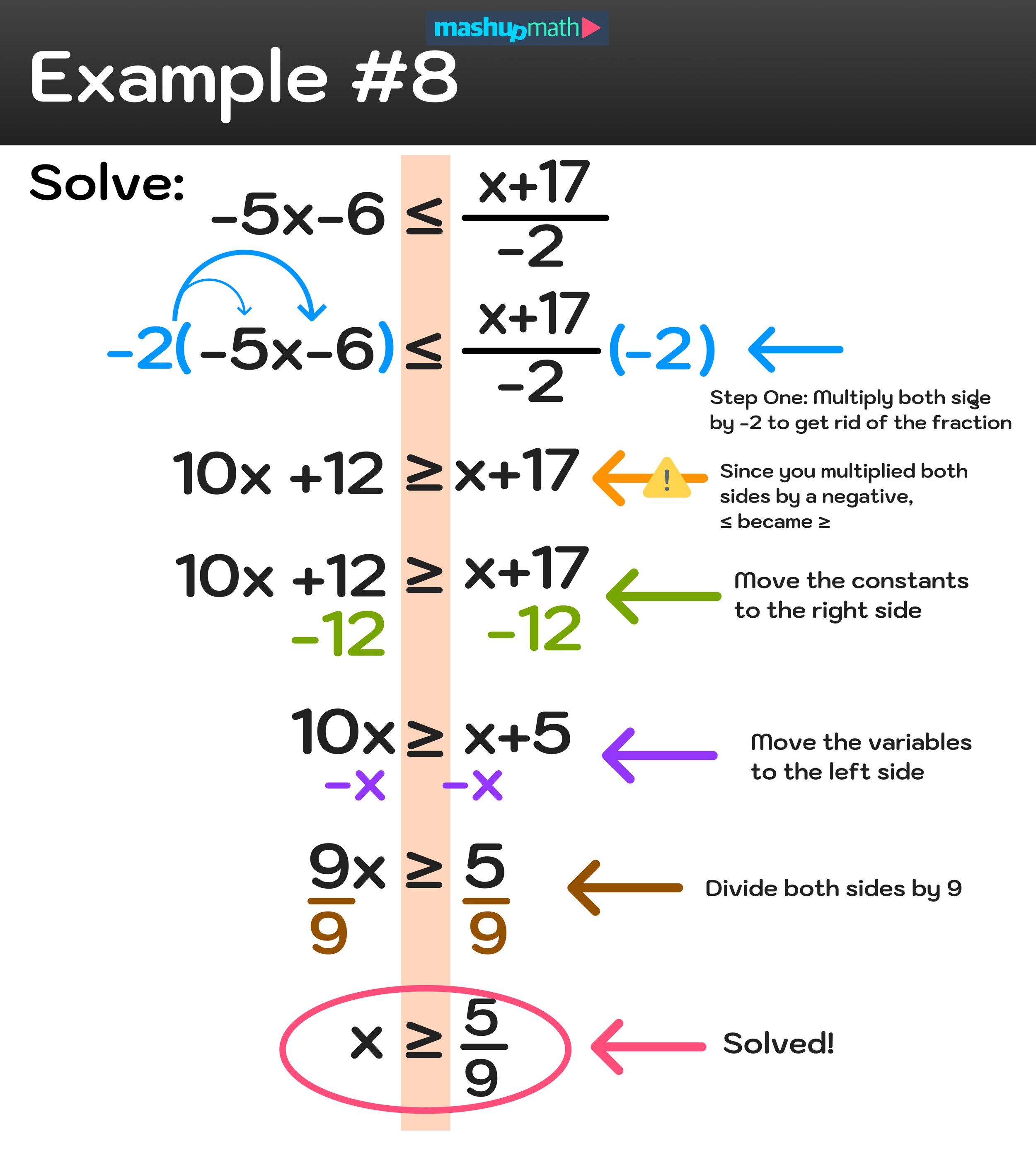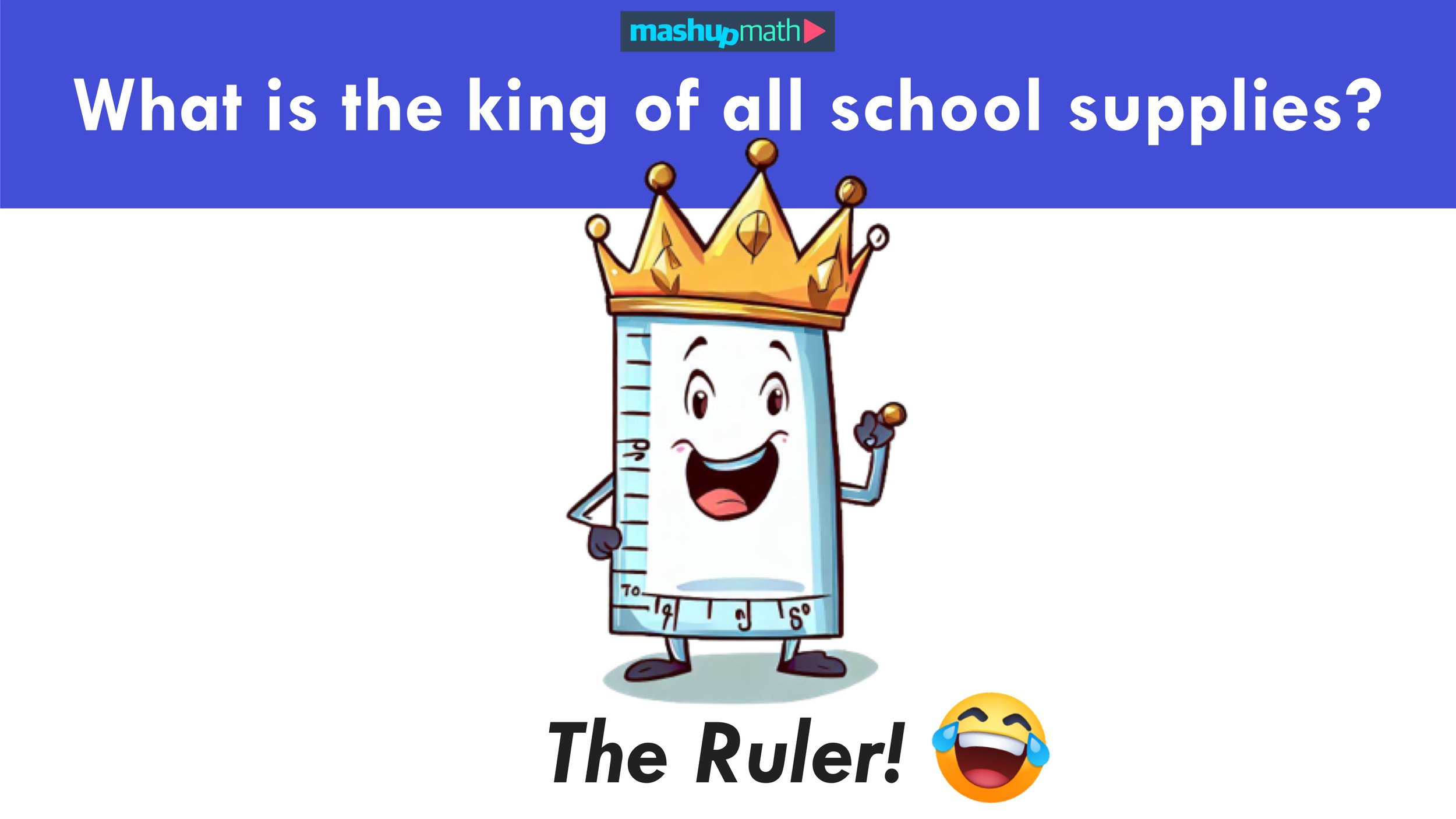What Color is Math?
A Deep Dive into the Colorful Subject that is Mathematics
What Color is Math?
It’s interesting to wonder “what color is math?” After all, mathematics is about digits, equations, shapes and figures, and logical thinking—not colors. In fact, most students would probably say that math is not related to colors at all and maybe even that math has no color. But would saying that math has no color be true? This post will take an open-minded exploration into mathematics and its often overlooked color palette.
We will start by looking into the relationship between mathematics and color as seen in history, everyday life, education, nature, and our emotions related to learning mathematics.
Finally, we will give a definitive answer to “what color is math?” as well as colors that best represent several fields of mathematics including algebra, geometry, and calculus.
The History of Math
Did you know that the earliest cultures that practiced mathematics actually associated colors with numbers and important math concepts? For example, the ancient Mayans used a color-coded system for their mathematical calendar cycles. Also, Chinese culture has attributed colors to numbers, which play a significant role in the field of numerology—especially for ancient Chinese culture, which believed that numbers could influence your fate and personal fortune in life. Given that the idea of mathematics having color has been present for so long, it makes exploring the questions, what color is math?, worthwhile.
Ancient Chinese mathematicians believed that numbers could influence your fate and personal fortune. (Image: Mashup Math MJ)
The ancient Mayans used a color-coded system for their mathematical calendar cycles. ( (Image: Mashup Math MJ)
Math in Every Day Life
In modern day life, we use colors to represent mathematical quantities and to categorize things all the time. For example, when it comes to driving, the color green means go and the color red means stop.
And when it comes to data, tables and figures are used to represent statistics and they rely on color to differentiate between quantities, categories, and events. A pie chart with each section being the same color would be useless, which is why colors are used to detail each different section.
Since colors help us to visualize and differentiate things, providing specificity, clarity, and comparison, they are an amazing tool that can be used in mathematics to help you to identify patterns, differentiate quantities, and display data in a way that is easy to analyze and understand.
What Color is Math? Data tables and charts rely on color to differentiate quantities and categories. (Image: Mashup Math FP)
Colors for Teaching Math
Math teachers often use colors to help their students to understand math in a variety of ways. For example, young students often use colorful hands-on resources such as fraction strips to develop deep conceptual understanding of a topic or skill.
The use of colors helps students to differentiate between values, compare and contrast them, and make conclusions. It is colors that allow students to engage with mathematics in a visual and tactile way, which fosters the development of math skills and connections.
At higher levels of math, students can use colors to navigate multi-step problems such as performing proofs in Geometry, where complex diagrams can easily become impossible to read without the use of colors to differentiate each step. By looking at completed color-coordinated geometry proof, one could easily answer the questions “What color is math?” by saying that the subject in fact encompasses the entire rainbow.
Fraction Strips
Geometry Proofs
Math in Nature
What color is math? If we seek the answer to this question in nature, we will see a wide range of mathematical concepts naturally displayed in vivid color.
For example, the famous Fibonacci sequence—a series of numbers where every number is the sum of the two numbers preceding it, can be seen in the spirals or buds of Romanesco Broccoli. In this case, the answer to the question “What color is math?” is green! When it comes to observing the Fibonacci sequence in the heads of sunflowers, you could say that math is vibrant yellow or golden orange. And in the case of pinecones, you could say that math is a deep woody brown.
These types of fractals are amazing displays of mathematics in nature and their associated colors are more than just something pretty to look at—the colors themselves are expressions of mathematics and they help us to understand the nature of mathematical series and sequences in our world.
Romanesco Broccoli
Photo by VENUS MAJOR on Unsplash
Sunflowers
Photo by Paul Green on Unsplash
Pinecones
Photo by Vishwasa Navada K on Unsplash
Math and Emotions
Now that you are more familiar with the relationship between mathematics and color in history, everyday life, teaching, and nature, it’s time to think about the role that colors play in thoughts, feelings, and emotions when we interact with math.
Mathematics is, after all, a subject that is practiced by humans who are emotional creatures. By exploring the question “What color is math?” we are actually expanding our understanding of it because we are thinking about the subject in a more creative way.
Of course there is no one correct answer, but it would be a fruitful exercise to consider the colors of your emotions when you perform mathematical tasks such as:
Vibrant Gold: When you finally solve that challenging problem
Deep Blue: When you are learning something new, thinking deeply, and concentrating
Bright Red: When you are struggling with a concept and feeling frustrated and/or anxious.
Because math learners will experience all of these emotions as well as everything in between, we can say that the color of math is truly the full spectrum of colors.
Frustration
(Image: Mashup Math MJ)
Concentration
(Image: Mashup Math MJ)
Success
(Image: Mashup Math MJ)
Answer: What Color is Math? 🟨
Here we will do our best to give a definitive answer to the question “What color is math?”
Mathematics as a subject does not inherently have a designated color, but we can assign it one given its attributes.
Based on our subjective interpretation of mathematics, if we had to assign it to one color, vibrant gold would be extremely fitting. Since the color gold represents timeless beauty, value, and universality, you could say that mathematics is a universal and golden tool that helps us to explain the universe. Gold has been a standard of value for millions of years, just as math remains the cornerstone of science and progress.
If we had to assign it to one color, vibrant gold would be extremely fitting. Since the color gold represents timeless beauty, value, and universality.
With the same subjective approach in mind, we can also state the colors of six key branches of mathematics:
🔵 Algebra is Blue: Since the color blue is associated with logical thinking and clarity, it fits well with the analytical and logical processes associated with algebraic problem solving.
🟢 Geometry is Green: Since geometry is the study of shapes and their positions in space and relationships between figures and objects, green is fitting because it is associated with balance, harmony, nature and growth.
🟠 Trigonometry is Orange: Trigonometry is the study of waves and cyclic relationships, where there is inherent energy and rhythm. Since orange is a blend of red (symbolizing intensity) and yellow (symbolizing brightness and forward progress), orange is a fitting color.
⬜ Calculus is Gray: The color gray does not mean boring in this case. In an elegant way, gray balances the properties of both black and white, just as the field of calculus balances quantities that are both infinitely small and infinitely large. Calculus also deals with the continuous spectrum of numbers and values and includes instances of infinity and absolute nothingness, just as black is the absence of color and white is the sum of all colors.
🟡 Number Sense is Yellow: Yellow often represents energy, insight, and discovery. This elementary math topic is focused on developing a sense for numbers and their relationship to each other. Number sense is foundational and grasping it will light the way for young students to take on more challenging and complex math concepts in the future.
💠Statistics and Probability are Teal: Since statistics and probability are a blend of two topics:
data analysis and predicting the likelihood of future events, the blend of blue and green that is teal is a solid fit. The blue aspect represents logic and systemic problem solving while the green aspect represents unpredictability and variability in a logic vs. nature dynamic.
What color is math?
Conclusion
If you were looking for a single answer, then you may be disappointed. While math and color go hand-in-hand, it is impossible to say that mathematics is any one color.
In fact, it would be more appropriate to say that math is every color. At times, math is colored red for passion and persistence. At others, math is colored blue for deep thinking and concentration. Sometimes math glows in golden yellow for discovery and enlightenment and at others a deep forest green for nature and wisdom. And when math is not those colors, it is a kaleidoscope of all of the shades and hues that exist between them.
In conclusion, mathematics is a beautiful subject that can change and morph between the full spectrum of colors, which is why it continues to captivate us and allow us to better understand our universe.
More Free Resources You Will Love:
Why Am I So Bad at Math? (And How to Get Better)
If you are wondering, why am I so bad at math? The fault is likely due to you having a fixed mindset for learning, which is often a product of being negatively affected by harmful misconceptions about your ability to learn math.


